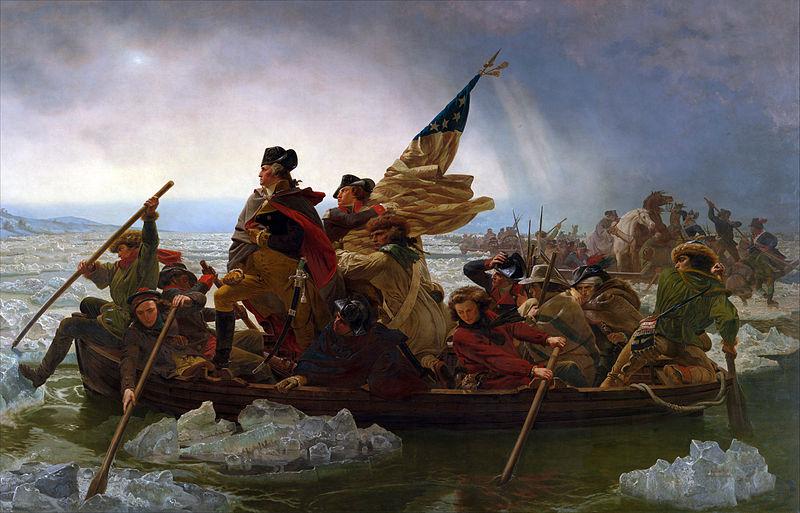On Tuesday, Slate’s in-house lexicographomaniacs alerted us to recent academic work on the word dude. Two academics had located a heap of the word’s early appearances (in the 1880s) and published these, in their primary-source context, in Comments on Etymology. The Chronicle of Higher Education, bringing this news from the Ivory Tower, seems to be saying that a proper analysis of evidence will support a theory of the word’s origins:
Thanks to Popik and Cohen’s thorough investigation, it seems almost certain that “dude” derived from “doodle,” as in “Yankee Doodle Dandy.” The original New England Yankee Doodle, Cohen notes, “was the country bumpkin who stuck a feather in his cap and called it macaroni; i.e., by sticking a feather in his cap, he imagined himself to be fashionable like the young men of his day known as ‘macaronis.’
This was old news to some veteran dude-watchers, as evidenced by a comment on the Slate story from one David de los Angeles: “The late 19th-century pejorative has been well documented for some time. What is entirely missing … is any connection between 18th-century pejorative ‘doodle dandy’ and the 19th-century ‘dood.’ ”
Yes, that connection is missing. But I’m here to help. I have at my fingertips some notions regarding that missing link, and I have shaped these notions into a draft of a somewhat plausible but mostly unsubstantiated theory, hereby submitted for peer review. I am confident that the connection between doodle (a sing-song sneer at bumpkins) and dude (a slang term of abuse for beaver-hatted sports) requires a look at fashion and rhetoric—a tri-cornered history of ridicule, the Revolutionary War, and proletarian youth revolt on the streets of the 1800s.
The iconic derisive stanza of “Yankee Doodle” (with the pony-macaroni rhyme) was a favorite among British soldiers in the 1770s and broadly familiar to British subjects throughout New England. The British were singing satire about the Americans as they moved among them—and then they “lost the song as well as the battle to the Americans at Concord,” as Ellen Moers writes in her smashing study of the dandy. “The Americans then added several stanzas of their own social satire, but directed up rather than down.”
The American voice had its first hit with a patriotic re-appropriation. (It must have felt “empowering,” as they put it in the armchair-sociological jargon of what the country the patriots fought for has become.)
Among the many dynamics of the American stanzas—some of which give a coarse scrub of earthy humor, by the way, like a boy making a fart joke—is its reversal of mockery. After Lexington and Concord, that “doodle” of a soldier (whose steed had likely been behind a humble plough the day before) now rides high. Crucially, he rides behind General George Washington (who, like a fluid slab of equestrian statuary, wears “his meeting clothes” while mounted “upon a slapping stallion”).
Check out Washington’s threads in the extended “Yankee Doodle” remix. The flashy accessories are so monumentally compelling that the narrator dreams of running them through his lady’s hair:
The flaming ribbons in his hat,
They looked so tearing fine, ah,
I wanted dreadfully to get
To give to my Jemima.
The folks with whom this doggerel caught on recast the Redcoats as ineffectual fops while simultaneously celebrating Washington in his duds, and thus they created an icon of the First Dude—a noble figure who had fought for the right to wear a few self-indulging frills.
I have a semi-educated hunch that Doodle got re-re-appropriated after Yankee settled in to define a crucial sector of the suit-and-tie Establishment. The flamboyant look went street, where it found the word again, as in this analysis of medium-low big-city folk culture in the 1890s: “The Bowery dude is constitutionally unable to put on his hat unless he may balance it on one ear. It suits the street, therefore, to boast the most brilliant illumination of the coarsest and most dazzling sort.” There was a component of youth revolt and class warfare to the circumstances of the dude’s emergence. The Bowery B’hoys and their preening ilk—low of class and high of spirit—presented flamboyant travesties of Establishment fashion and burlesqued the gaudy costumes of conspicuous consumption, and they did so partly for the fun of shocking the bourgeois, who expressed their shock by imbuing dude with a new sense of approbation, is my guess.
The dude is, in his Washingtonian avatar, the made-in-America analog of the impeccably styled dandies of England and France (exemplified by Beau Brummell, who back in the day invented a daring new look called wearing a suit and a tie). “The dandy, as Brummell made him, stands on an isolated pedestal of self,” writes Moers. Dandyism was a social pose through which a rare commoner might assert his independence. Dudeism may have been the original fancy stance of a land forging its national style.
